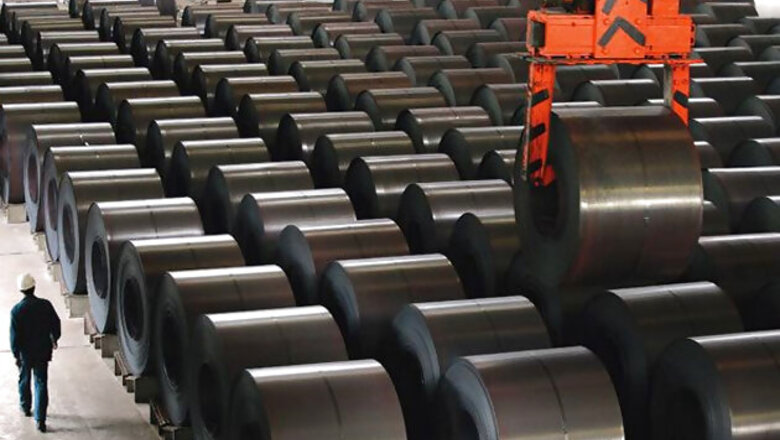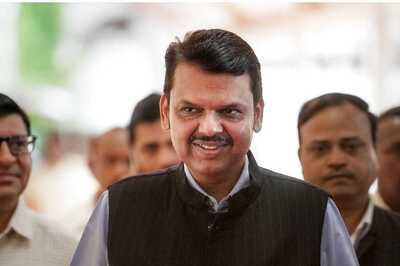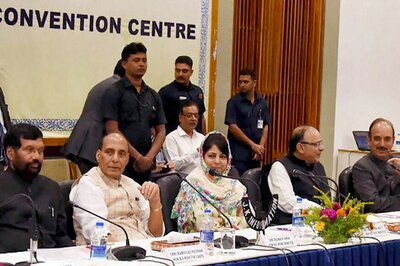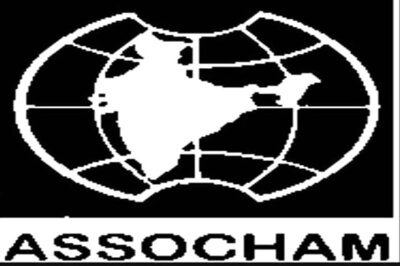
views
New Delhi: India will be the lone bright spot for Chinese steelmen trying to cut bloated inventories as Asia's third-largest economy embarks on a once-in-a-generation urbanisation drive under Prime Minister Narendra Modi.
Urban dwellers will double to more than 800 million by 2050, a scale of mass urbanisation only seen before in China. Ahead of Modi's election last May, he vowed to construct 100 so-called "smart" cities by 2022, an infrastructure project some estimate would cost $1 trillion.
As India build new roads, office blocks and cities, its steel consumption growth will put the country at the top of the list of the world's 10 biggest steel users this year and the next, according to the World Steel Association. Demand from China and the United States, the two largest consumers, is forecast to either fall or stay flat.
Outside China, India is the best bet for Chinese steel mills. The sector in China has been saddled by excess capacity of around 300 million tonnes, three times the annual output of Japan, the world's No.2 producer after China. The glut grew more pronounced last year as a slowing economy cut China's steel consumption for the first time since 1981.
"The China slowdown will give India an opportunity to emulate China's progress over the last few decades and emerge as a major global steel player in its own right," said analyst Manoj Mohta at CRISIL Research.
As India urbanises and industralisation advances, infrastructure investment will rise 43 percent to about $472 billion over the next five years compared with the five years before.
India's steel consumption grew 2.2 percent last year to 75.2 million tonnes. Demand may rise 6.2 percent this year and 7.3 percent in 2016, the World Steel Association says. In the fiscal year ended in March, steel imports jumped 71 percent to 9.3 million tonnes, most of which were from China.
Cheap Chinese steel has forced some Indian mills to cut prices and post losses in recent quarters. Steel Authority of India, Tata Steel, JSW Steel, Essar Steel, Jindal Steel and Power, Bhushan Steel and Visa Steel are planning to expand their combined capacity by 9 percent in the fiscal year started in April to compete with low-cost imports.




















Comments
0 comment